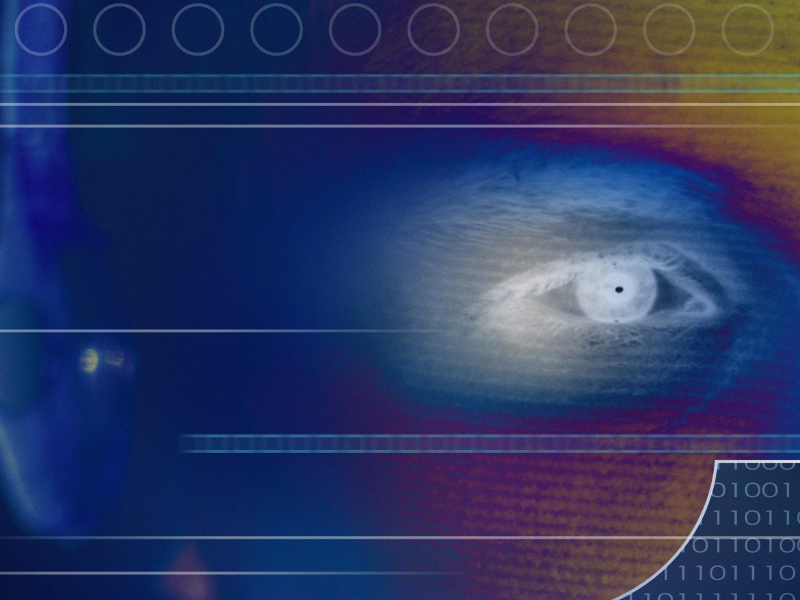INESC TEC team wins competition on methods to detect liveness in the iris
A team of researchers from INESC TEC’s Telecommunications and Multimedia Unit (UTM) won the “LivDet Iris 2013” competition, which took place between June and July of this year. As part of the competition, participants compared different methodologies to detect liveness in iris recognition systems. The results were announced at the “IEEE BTAS 2013- Biometrics: Theory, Applications and Systems”, which took place in the United States between 29 September and 2 October.
29th October 2013
The competition focused on the use of liveness detection methods for the iris in three databases containing real and false images. Liveness detection methods aim at detecting if the iris contains any “life” or if it is forged (for instance, printed images or images of eyes with contacts lenses).
The software submitted to the competition by UTM’s “Visual Computing and Machine Intelligence” (VCMI) group combined several state of the art methods to detect iris liveness using a machine learning technique to select features. This combination made it possible to find the best set of features for the training images, and to significantly improve the results obtained by the methods.
The results of the competition may have an impact on the state of the art in this area and they will serve as a reference point for academic and industrial research. “Participating in these events is always important because it’s an opportunity for us to compare our results with those obtained by other researchers with the same common denominator imposed by the context of the competition”, states Ana Sequeira, the UTM researcher who formed a team with Jaime Cardoso, Juliano Murari (former researcher at UTM) and João Monteiro. “Above all, we believe that these events are a privileged opportunity to assess the quality of the results obtained, and within the VCMI we are always encouraged to participate in these initiatives”, concludes Ana Sequeira.
The INESC TEC researchers mentioned in this article are associated with the following partner institutions: FEUP.
INESC TEC, October 2013


